Customer Success Pack
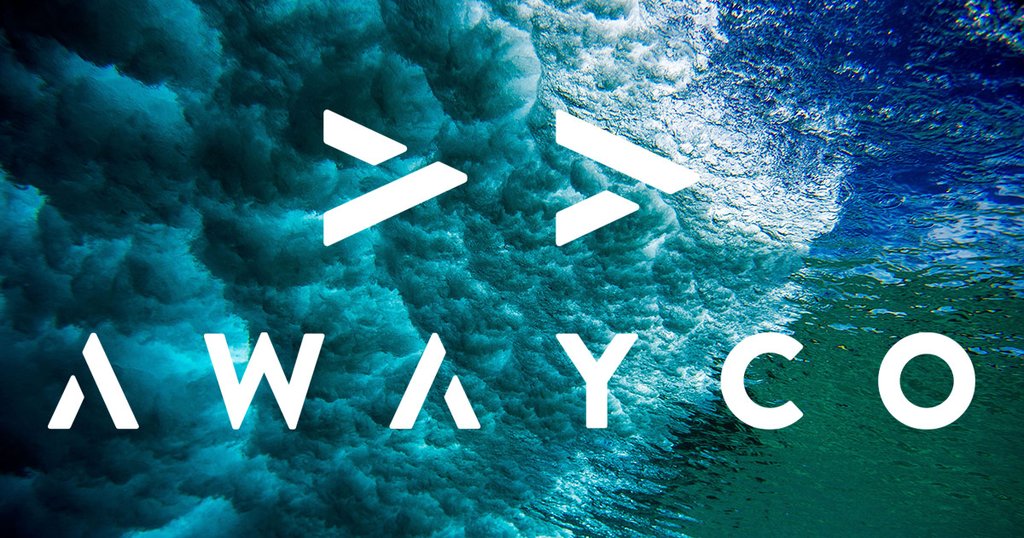
The Challenge
Awayco had successfully relaunched as a rental SaaS platform, evolving from an online market place for renting adventure goods. Previously, Awayco owned a large portion of the marketing and promotion effort: reaching out to customers to sign onto the market place and encouraging book products through Awayco's extensive affiliate stores network.
In the relaunched incarnation, Awayco instead provides a platform for stores to offer their rental products. This gives stores power and control over their customer's rental experience. It also shifted the marketing and promotion ownership onto the stores. They needed to engage with customers through their own website and social marketing materials.
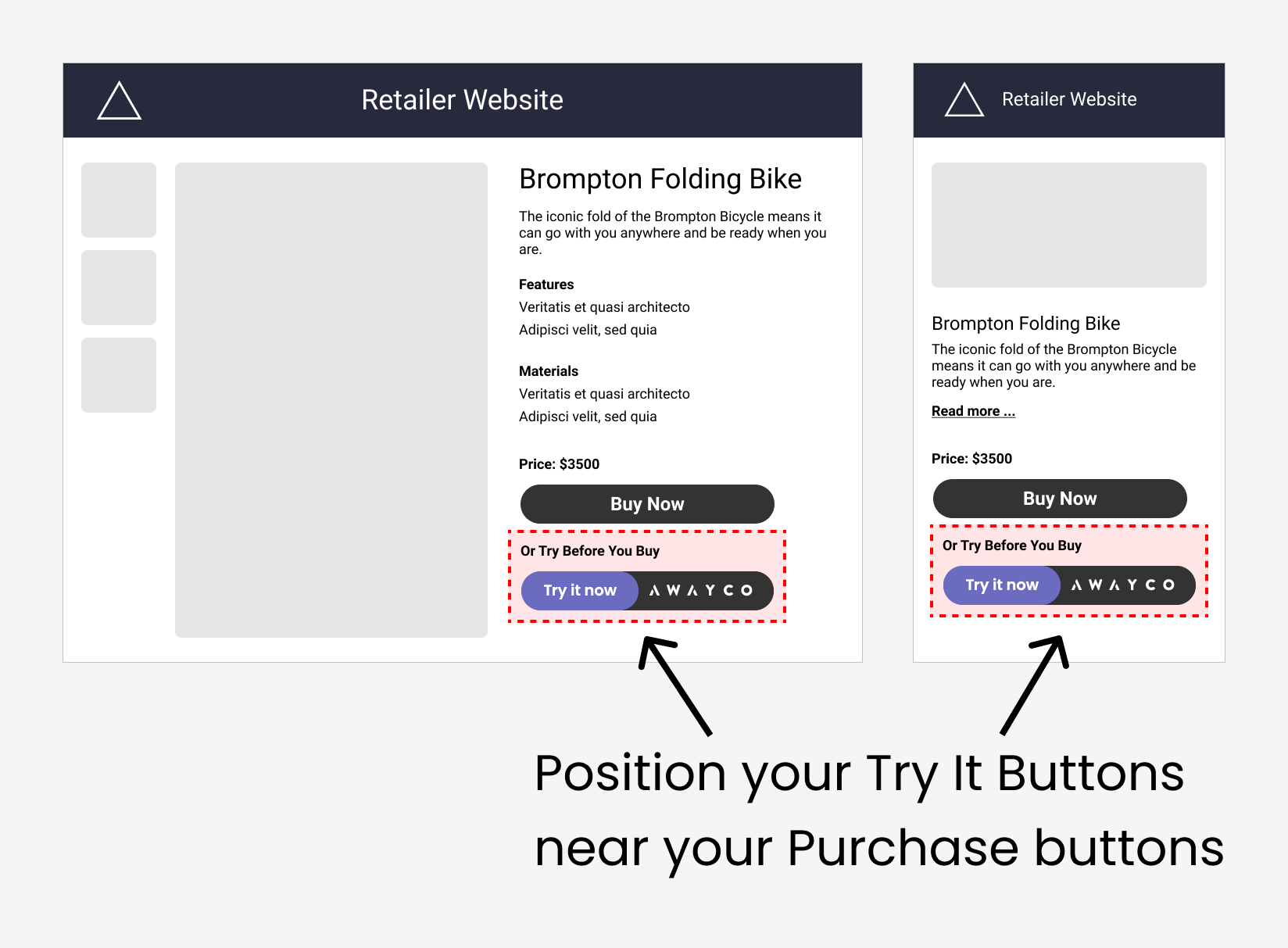
Gathering Requirements from User Interviews
To help our customers achieve this, I led a small team to build a customer success pack. My focus on this project was on UX and build. I conducted user interviews with several stores to discover their needs for the success pack.
Research revealed two key requirements: 1) Pre-built banners and "Try It" buttons, and 2) Ease of integration into their website.
The banners would provide a general entry point to their rental catalog, and the "Try It" buttons would be placed on their Product Description Pages as a call to action.
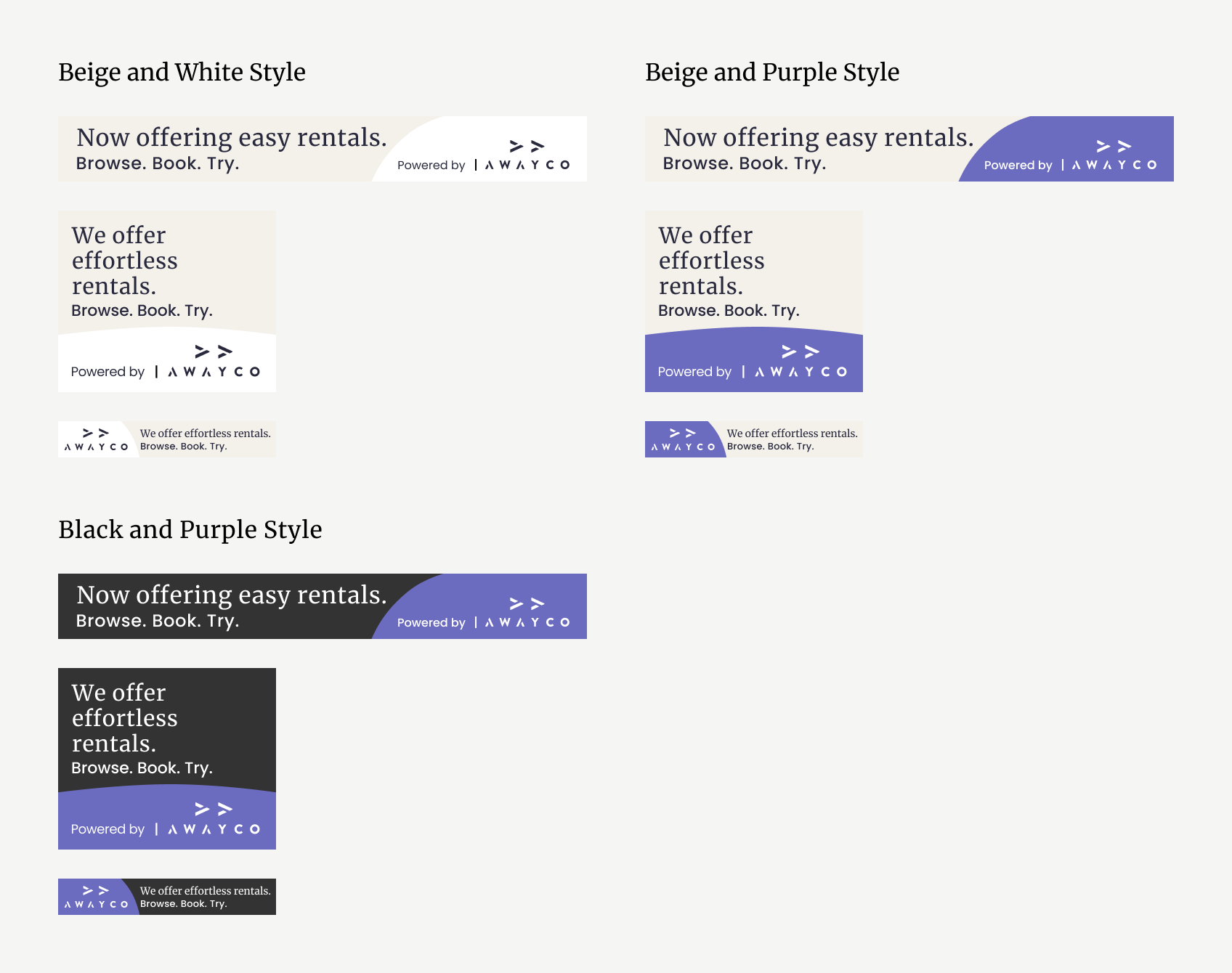
Catering for Everyone
We needed to cater for a range of different styles across all of our customers. The colour schemes, stylistic elements, and typography of the buttons and banners were intentionally chosen to be applicable across a broad range of websites. We incorporated the internal Awayco branding guidelines into the designs to create a consistent look and feel across all stores that choose to use our pre-built assets.
In addition, we built banners in the top 3 most effective banner sizes as standardised by the Interactive Advertising Bureau. This ensured that they could be slotted into common spaces on a website for desktop and mobile views.
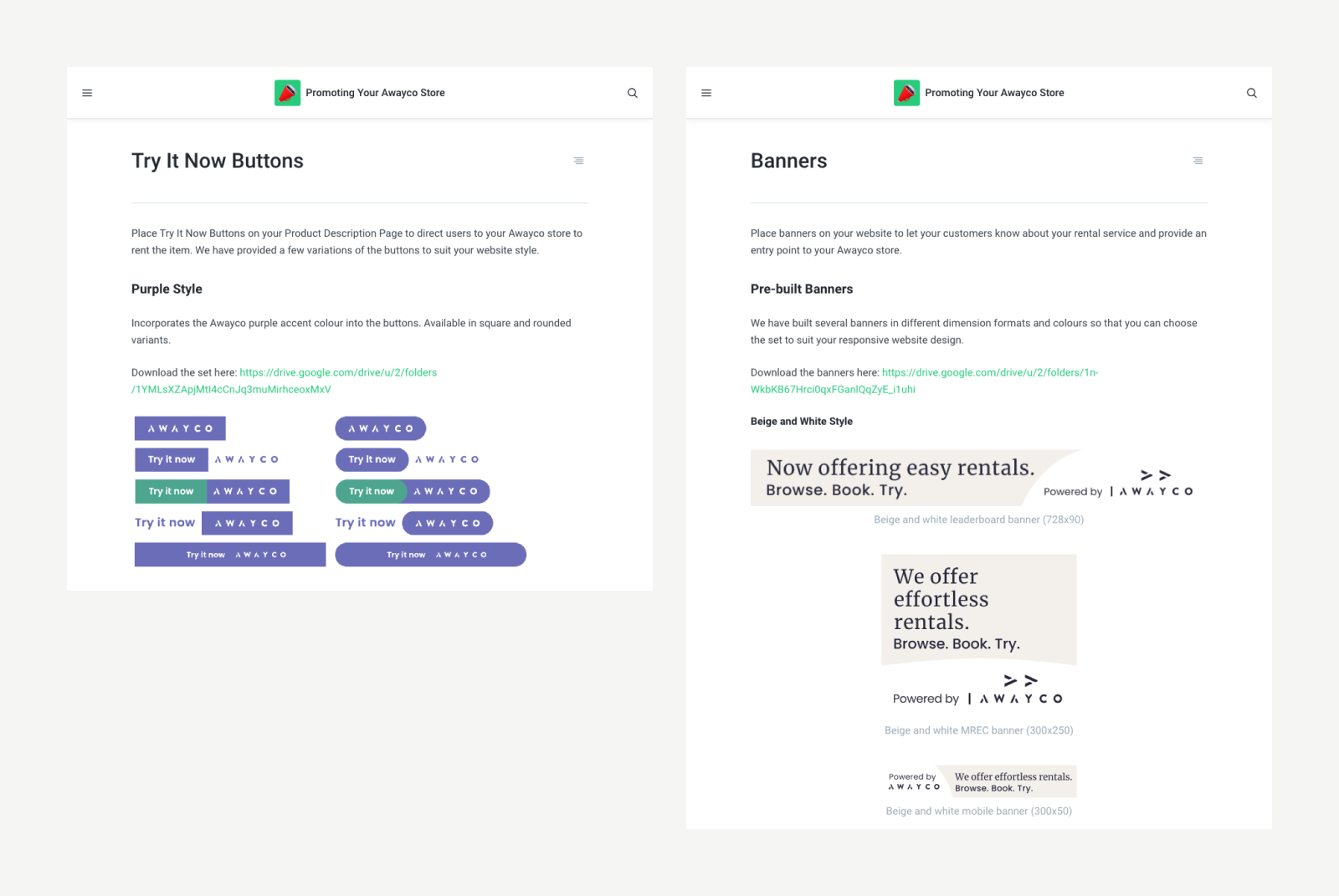
Ease of Integration
Initially we intended to provide the "Try It" buttons as images believing that they would be more easily added to our customer websites without HTML/CSS knowledge.
However, during interviews with customers where we showed them early versions of the success pack, we realised our audience was far more amenable to HTML/CSS editing. They also advised us that code snippets would be much more suitable for the buttons.
The reason was the need for responsive widths. Additionally a coded implementation would allow them to make minor adjustments without creating a new button from scratch.
We incorporated user feedback and built a CSS library and drop-in HTML code snippets for the "Try It" buttons that were responsive by default.
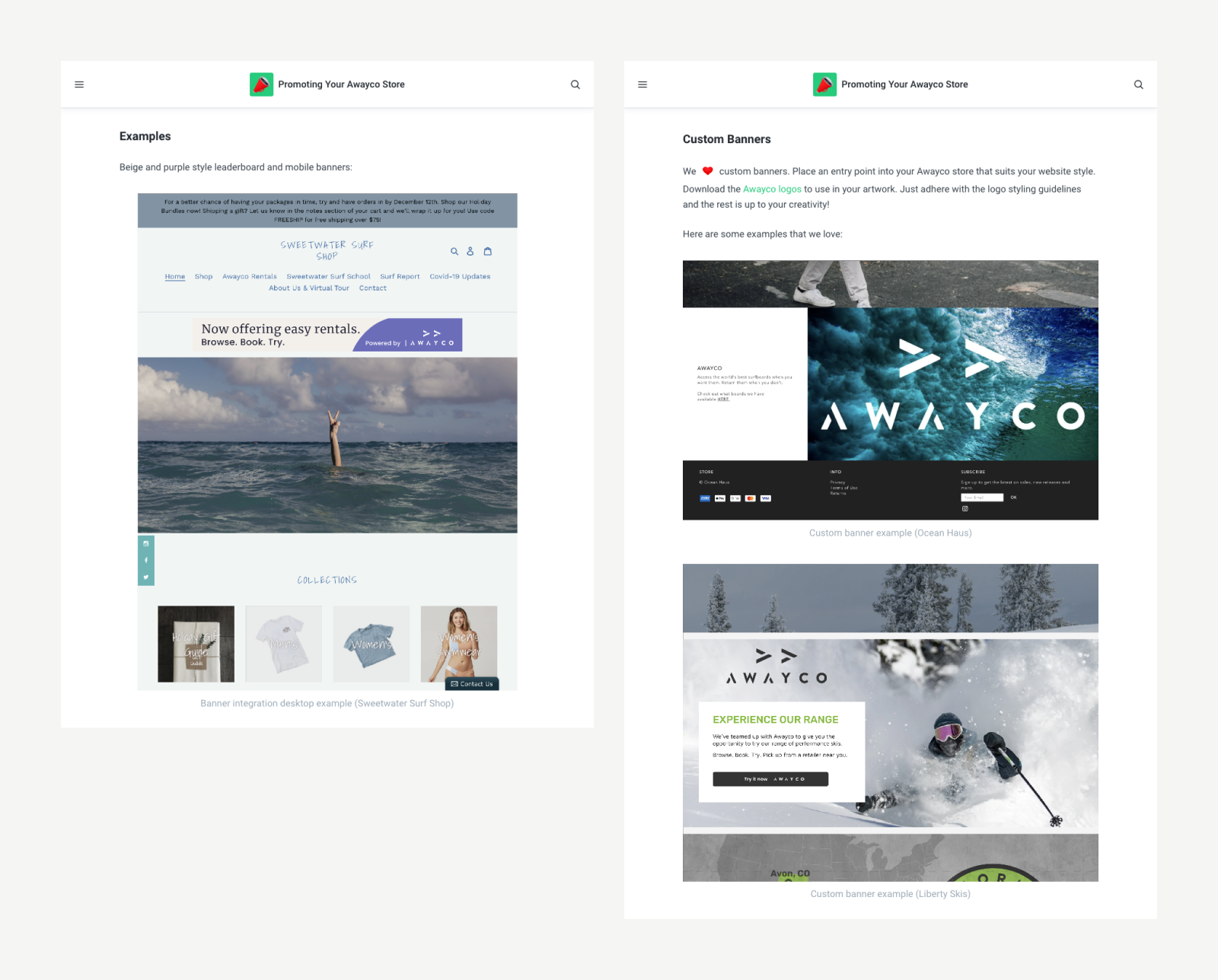
Encouraging Creativity
We encourage the creativity of our stores to develop their own customer banners, particularly for websites that have a very unique style. To support this endeavour, we crafted high quality vector images of the Awayco logo in various forms and formulated guidelines for inclusion into artwork. The success pack provides numerous examples of custom artwork to inspire customers.
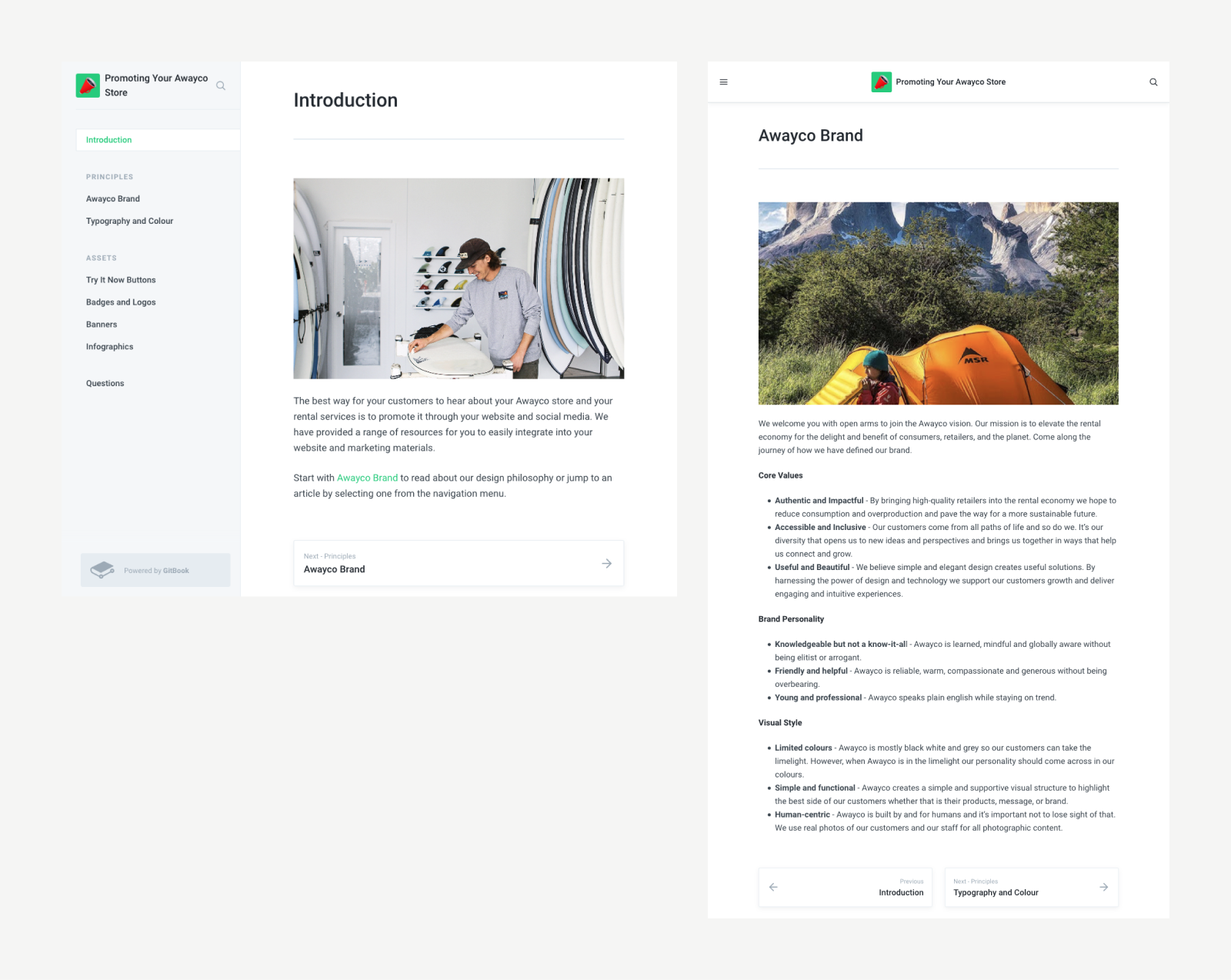
Communicating the Brand
To round it out, we wanted to take the user through the design principles behind the assets, and in turn the branding and values of Awayco. We found that bringing our customers on the journey helped anchor the material, and also guided their own creative process. The feedback that we received from customers has been very positive and many are in the process of implementing both the drop-in assets and custom banners.